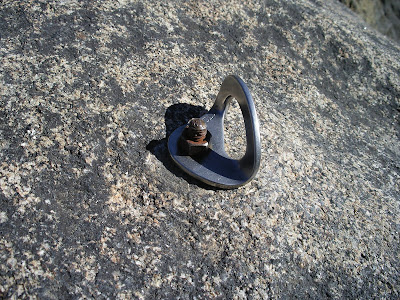Mon - Noon: 7 miles (1,750'). Up and down Towers. Road had been plowed to halfway, and then just as I was getting ready for the second half trudge, a chained 4 wheeler came up and set tracks for me. Great running almost the whole way. Beautiful out.
- PM: 5.5 miles. Bike paths. First double in a while. Super creaky getting started.
Tues - Noon: 7 miles (1,750'). Towers again. Conditions still good for running. Clear with a few slips to Westridge, whereafter it was post-hole time. Wore a watch for the first time in a while to get a baseline for an easy effort up Towers: 42:30 up & 25:30 down. Felt smooth and easy - just where I like it. Just as soon as things melt and firm up, I plan on taking an early season stab at the FKT & getting up in under 30 minutes.
- PM: 6.5 miles (1,200'). Reservoir Ridge with FCTR group.
Weds - Noon: 7 miles (1,750'). Towers. Conditions were slippery and the legs were heavy.
Thurs - noon: 7 miles (1,750'). Towers. Still plenty of snow, but the big melt continues.
Fri - AM: 6 miles (1,200'). In Boulder for PI-Smith team summit (more on that in a later post). Got out in the early morning for a photo shoot and casual trail run with the team and others from the Pearl Izumi office.
Sat - AM: 15 miles (5,600'). It doesn't take much to accumulate vertical in the foothills of Boulder. Everything is pretty steep and with three peaks on the day it racked up pretty quickly. Headed out with the PI team in the early AM and did a route that involved getting up Flagstaff then across to Gregory Canyon and down on Saddle Rock (I think). Then met up with Nick P shortly after at the Chautauqua TH and we re-did Gregory Canyon to the top of Green and then came down the backside to summit the next one along (Bear, I think), before careening down the front side of Bear in pretty treacherous and very slippery conditions.
Bumped into, or spotted, a bunch of Green baggers on the way - Tony K on the first go around, followed by Brandon F, Jeff Valliere and Darcy Africa (PI teammate) on the second trip up. Brandon was screaming down the hill, right near the bottom, and put the skids on to say hi. We checked in with him again near the top of Green as he was topping out on his second lap.
There's some kind of chatter on Brandon's website about a FoCo - Boulder showdown. I'm still waiting patiently for the Boulder folk to find the time in their busy schedules to commit to some races. I'll throw the Horsetooth Trail Half out there (normally early June) as a possible FoCo venue. I hear there is some kind of Basic deal in Boulder that might serve as the Boulder venue - just need that third neutral venue. Longmont got any hills?
Sun - 17 miles (4,300'). Hills at Horsetooth. H'tooth trail - Westridge - Towers up - Towers down - Towers up - Westridge - Southridge. Trails were rutted, icy and crunchy for the most part and somewhat post-holey on Westridge. Towers was mainly good, but icy and sloppy in places. Put in a moderate hard effort on the Towers up and went 34 mins from the gate at Shoreline to the very top. Felt really good today.
Total: 78 miles (19,300').
In a bid to fast-track the fitness, I ramped up the climbing this week and will look for something similar next week. Salida Marathon the week after is a solid 10-11 miles of climbing right off the bat, so I've been looking to get the legs into shape for that as well.
Had a great time in Louisville/Boulder Thurs, Fri & Sat checking in with PI-Smith teammates and the Pearl Izumi headquarters in Louisville. I have to say that I came away from the visit highly impressed with the PI operations, professionalism, creativity and energy, while also being thoroughly impressed with how seriously they take the whole running-team concept, both as a means of promoting their brand and, more importantly, as a means of improving the product they have in the marketplace. Input from the team was encouraged, listened to and taken seriously. While biking is quite obviously the cash cow for the company, they take the running side of the business equally seriously and have made huge strides in recent years in terms of the products they have out there - shoes in particular. From what we saw of the 2011 line things are only getting better.
 Team PI-Smith: (l to r) Kody Riley, Darcy Africa, Matt Lonergan, Ashley Nordell, Josh Brimhall, Scott Jaime, Nick Clark, Nick Lewis. Photo, Aric Manning (Team manager).
Team PI-Smith: (l to r) Kody Riley, Darcy Africa, Matt Lonergan, Ashley Nordell, Josh Brimhall, Scott Jaime, Nick Clark, Nick Lewis. Photo, Aric Manning (Team manager).Calf has felt close to 100% all week, although an old and nagging (but manageable) groin issue has been making its voice heard with the extra vertical. That's a trade off I'm more than happy to accept.
 [Image: Trapped in ice].
[Image: Trapped in ice].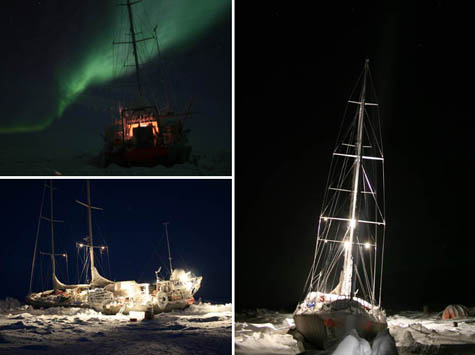 [Images: Photos via
[Images: Photos via 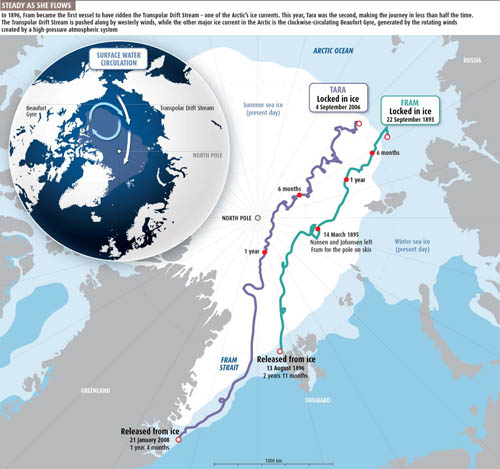 [Image: Map of the Arctic ice routes that brought ships across the sea, courtesy of
[Image: Map of the Arctic ice routes that brought ships across the sea, courtesy of 

 [Image:
[Image: 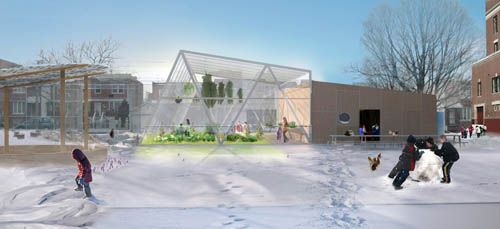
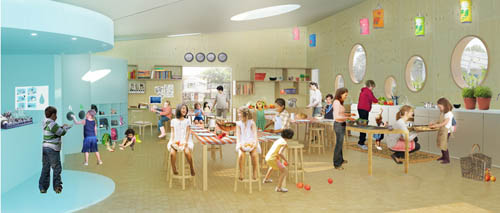 [Images:
[Images: 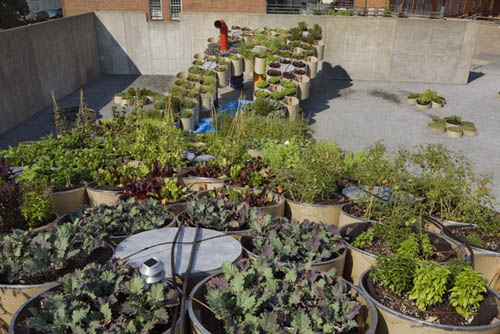
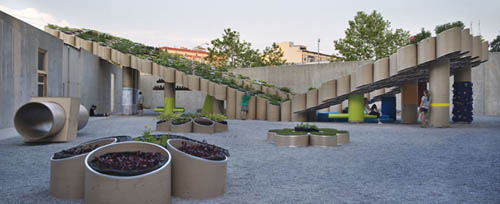 [Image:
[Image: 


 [Image: From Wired Science's photo gallery, "
[Image: From Wired Science's photo gallery, "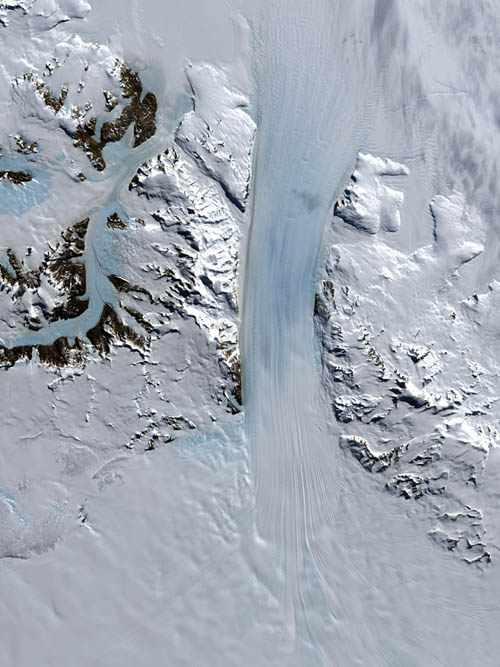 [Image: From Wired Science's photo gallery, "
[Image: From Wired Science's photo gallery, "
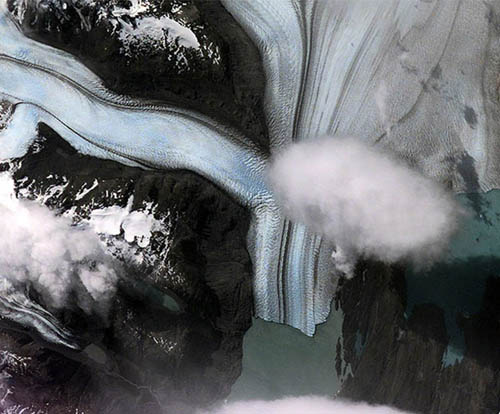 [Image: From Wired Science's photo gallery, "
[Image: From Wired Science's photo gallery, "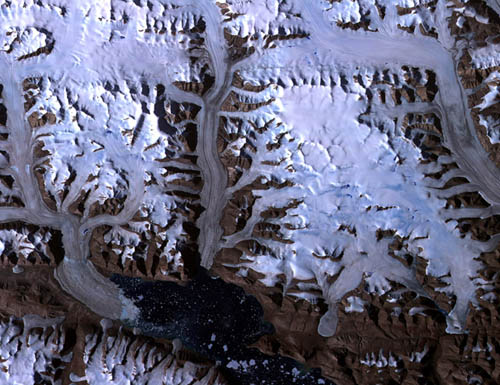 [Image: From Wired Science's photo gallery, "
[Image: From Wired Science's photo gallery, "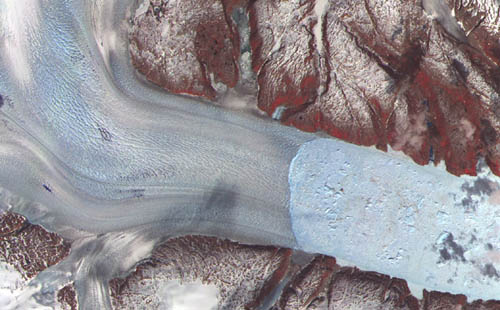 [Image: From Wired Science's photo gallery, "
[Image: From Wired Science's photo gallery, "













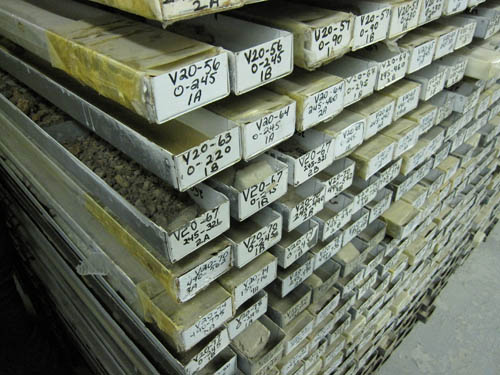


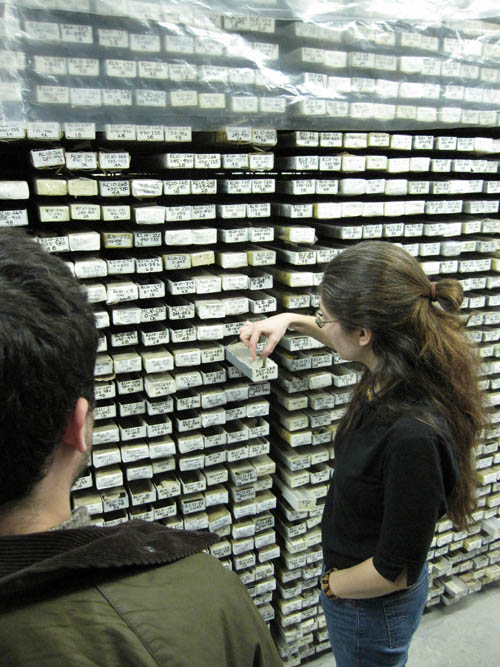

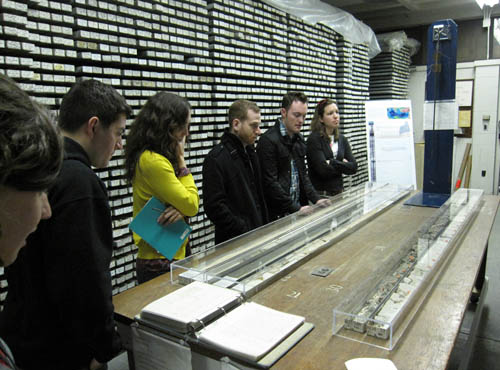 [Images: Inside the
[Images: Inside the  [Image: Drift Station Bravo postage cancellation mark, via
[Image: Drift Station Bravo postage cancellation mark, via 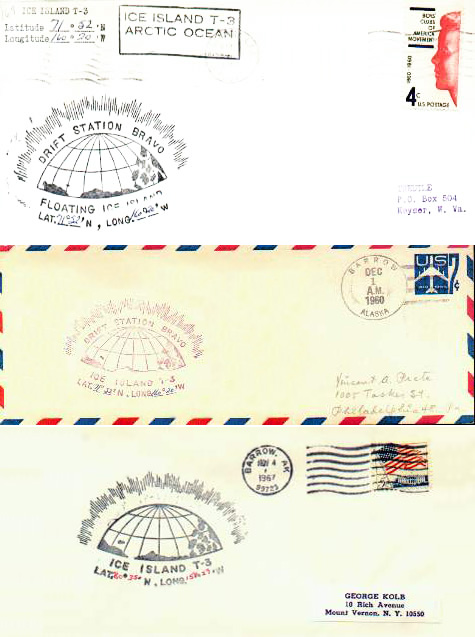 [Image: Letters postmarked from Drift Station Bravo, via
[Image: Letters postmarked from Drift Station Bravo, via  [Image: A postal marking from Drift Station Bravo, via
[Image: A postal marking from Drift Station Bravo, via  [Image: A letter from Drift Station Bravo, via
[Image: A letter from Drift Station Bravo, via  [Image: "Drawing shows ice island, frozen by liquid air, proposed by German scientist as a floating harbor and landing field"; via
[Image: "Drawing shows ice island, frozen by liquid air, proposed by German scientist as a floating harbor and landing field"; via 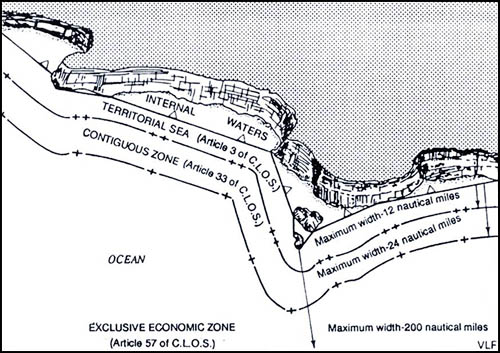 [Image: Map showing a straight baseline separating internal waters from zones of maritime jurisdiction; via
[Image: Map showing a straight baseline separating internal waters from zones of maritime jurisdiction; via  [Image: Photo by Andy Marshall of
[Image: Photo by Andy Marshall of 


